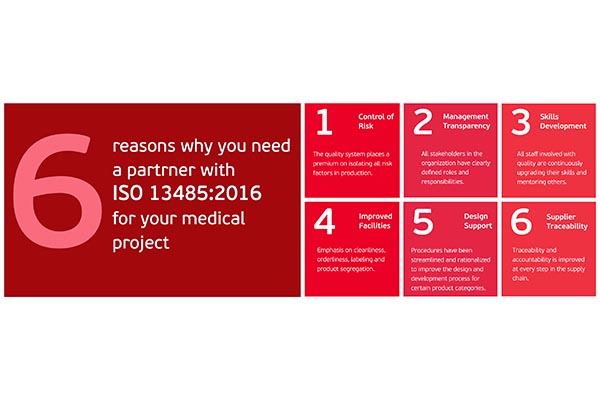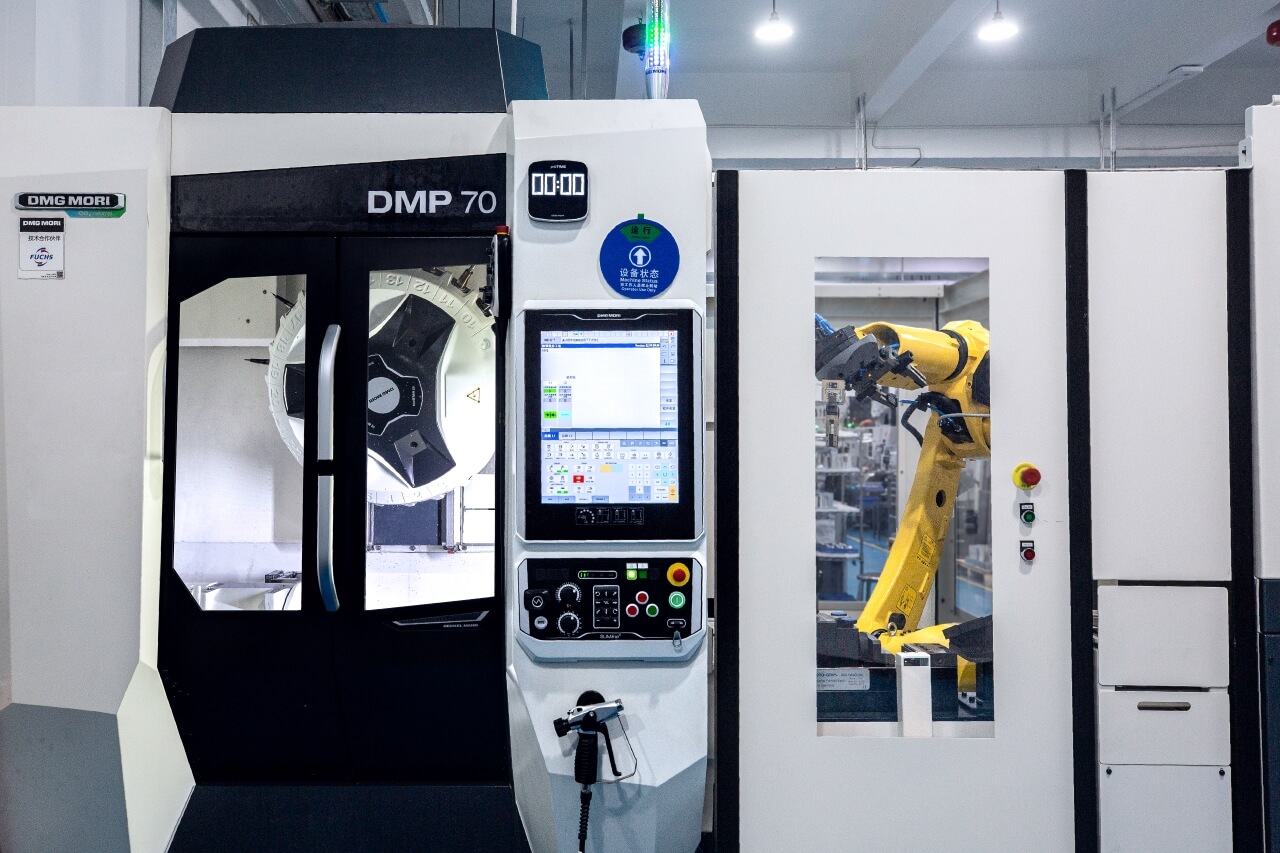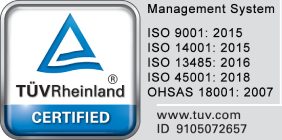
The Food and Drug Administration in the United States is responsible for the classification of all products that are used in medicine and healthcare. As with regulators in other countries, such as the European Medicines Agency, they must categorize a vast array of goods that, in one way or another, interact with human health. These classifications are essential for determining how certain products should be made, used, controlled, labeled and disposed of.
The FDA has three levels of classifications for healthcare products. All three classifications are applied to 16 groups, which are known as panels, that comprise about 1,700 generic types of medical products.
We’re going to look at what these classifications are, why they are important, and how they might affect your own medical product development strategy.
What are the FDA Classes?

First of all, every listed product, regardless of its use, must conform to the General Controls as defined by the FDA. These include a broad mandate for proper labelling and instructions for safe use, as well as the need to adhere to sound and ethical manufacturing practices.
Beyond this, the FDA recognizes Class I, Class II and Class III devices. These classifications are based on two major factors. One is the degree of risk posed to the user and/or healthcare provider. The other factor is the intended use of the product.
Class I
Class I devices pose little to no risk to human health when used as intended. Approximately 47% of products fall into this classification. Of these, the vast majority are exempt from FDA regulation and don’t require premarket notifications. Companies that make such products are required to list them with the FDA and provide relevant company contact information.
In practical terms, Class I items typically don’t enter the body or have minimal and temporary skin contact. Examples include stethoscopes, adhesive bandages or tongue depressors.
Class II
Class II devices represent medium to high risk. Class II items need to be FDA approved after the manufacturer submits a formal 510(K) application. Another 43% of medical products fit into this group. Examples include wheelchairs, birth control, hypodermic needles and ventilators.
Class III
This is the highest risk group, and usually refers to devices that must undergo stringent evaluations with clinical trials. This group includes implantable devices like pacemakers and heart stents.
How Can I Find Out What Classification My New Product is In?

One way to narrow down your potential new product classification is to compare it to similar products that are already listed on the FDA website. Another is to submit your product for 510(K) review, which we strongly recommend regardless of the application.
What are Panels?
Panels are broad groups segmented by the medical specialty the product is intended to serve. Examples include cardiology, dental, neurology or orthopedics.
What is the importance of ISO 13485?

Like all ISO standards, 13485 is not in itself a license to make any particular product. Rather, it’s a set of guidelines a manufacturer follows to demonstrate that they have systems in place which allow for traceability, risk assessment and quality control – all appropriate for maintaining the viability of the medical device supply chain.
Medical device manufacturers rely on ISO 13485 as part of the due diligence they need to demonstrate when submitting a new product to the FDA for classification and registration.
Want to learn more?
We at Star have helped thousands of clients to bring their product ideas to market. We can also offer you design for manufacturing expertise when you contact us today for a free quotation and project review.







